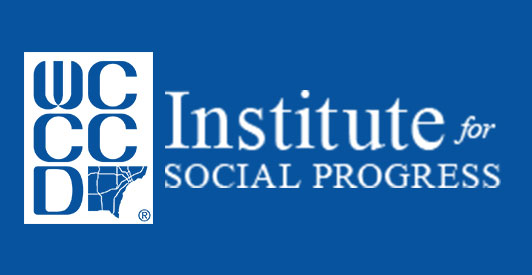Conversations Can Bridge Cultural Divide
Posted On October 8, 2011

Editor’s Note: As the country approaches the 10th anniversary of 9/11, Teaching Tolerance bloggers have written about their insights and experiences in the classroom as a result of the attacks. We offer these for your reflection and adoption.
The month of Ramadan comes upon my classroom slowly. The non-Muslim students don’t notice the changes at first, but soon the little things start creeping in. They see that the classes are smaller, because more students are staying home. Or they might notice that the Muslim students are a little more tired than usual, or that when offered food, they politely put up their hand and say, “No food for me, I am fasting.”
This is when the questions start.
About half of my adult students are Muslims, mainly from Somalia, though a few are from Eritrea and Iraq. They come from places where Muslims are either the majority or a large segment of the population. In the United States, explaining their faith and traditions has become a large part of their new life.
When I asked my Muslim students about discrimination in America, their responses were mixed. Some said that they have suffered obvious discrimination. People stop and stare at the Somali women’s robes and hijabs. Others comment about their scarves and try to touch them.
But the biggest area for discrimination, my students told me, was in the workplace. Many had stories about friends being fired for refusing to remove headscarves, for praying outside of designated lunch breaks or for refusing to touch things like pork and alcohol. Some of the students felt that these firings were completely wrong. Others saw a gray area, saying, “We need to find work where this is not a problem.”
For full article, click here.

